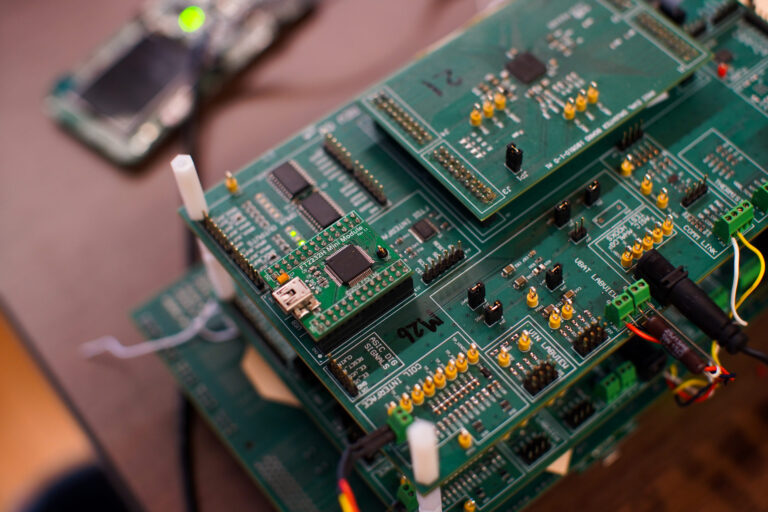Regulatory Compliance
Meeting the technical requirements for FDA approvals of regulated connected medical devices.
 Connected Medical Devices
Connected Medical DevicesCryptographic Key Management: How To Secure Implantable Medical Devices
Learn how to design secure cryptographic key management for implantable medical devices, from key generation and storage to usage and rotation, focused on firmware-level decisions within the implant itself.
 Cloud & Backend
Cloud & Backend5 Cloud Infrastructure Tips for Cloud-Connected Medical Devices
Protect data integrity, ensure regulatory‑ready security, and maintain observability by applying five cloud infrastructure practices that keep connected medical devices scalable, resilient, and cost‑efficient.
 Embedded Software
Embedded SoftwareNordic nRF52840: Is Rust a Good Fit for Embedded Applications?
Understand Rust's pros and cons on nRF52840, covering memory footprint, performance, safety, tooling, ecosystem, and C interop, to make an informed go‑no‑go decision for embedded firmware.
 Embedded Software
Embedded SoftwareBLE Module vs Chip-Down: What is Best for Your Design?
Choosing between a BLE module and a chip-down design can significantly impact cost, complexity, and time to market. This guide compares Bluetooth module vs chip-down approaches to help you pick the right one for your connected device design.
 Connected Medical Devices
Connected Medical DevicesWhat to Consider Before Building a Mobile Medical App
Explore key considerations for building mobile medical apps that connect to medical devices. Learn how to navigate BLE, data handling, compliance, and real-world challenges in regulated environments.
 Connected Medical Devices
Connected Medical DevicesHow to Use Agile Frameworks in the Medical Device Industry
Despite regulatory hesitation, agile frameworks like Scrum improve software quality, predictability, and collaboration in medical device development when applied with care, structure, and the right support.
Dive into our complete collection of articles, guides, and resources.





